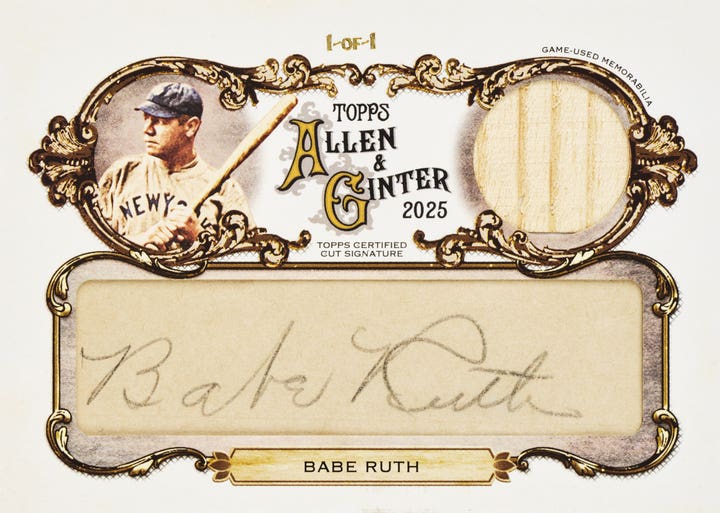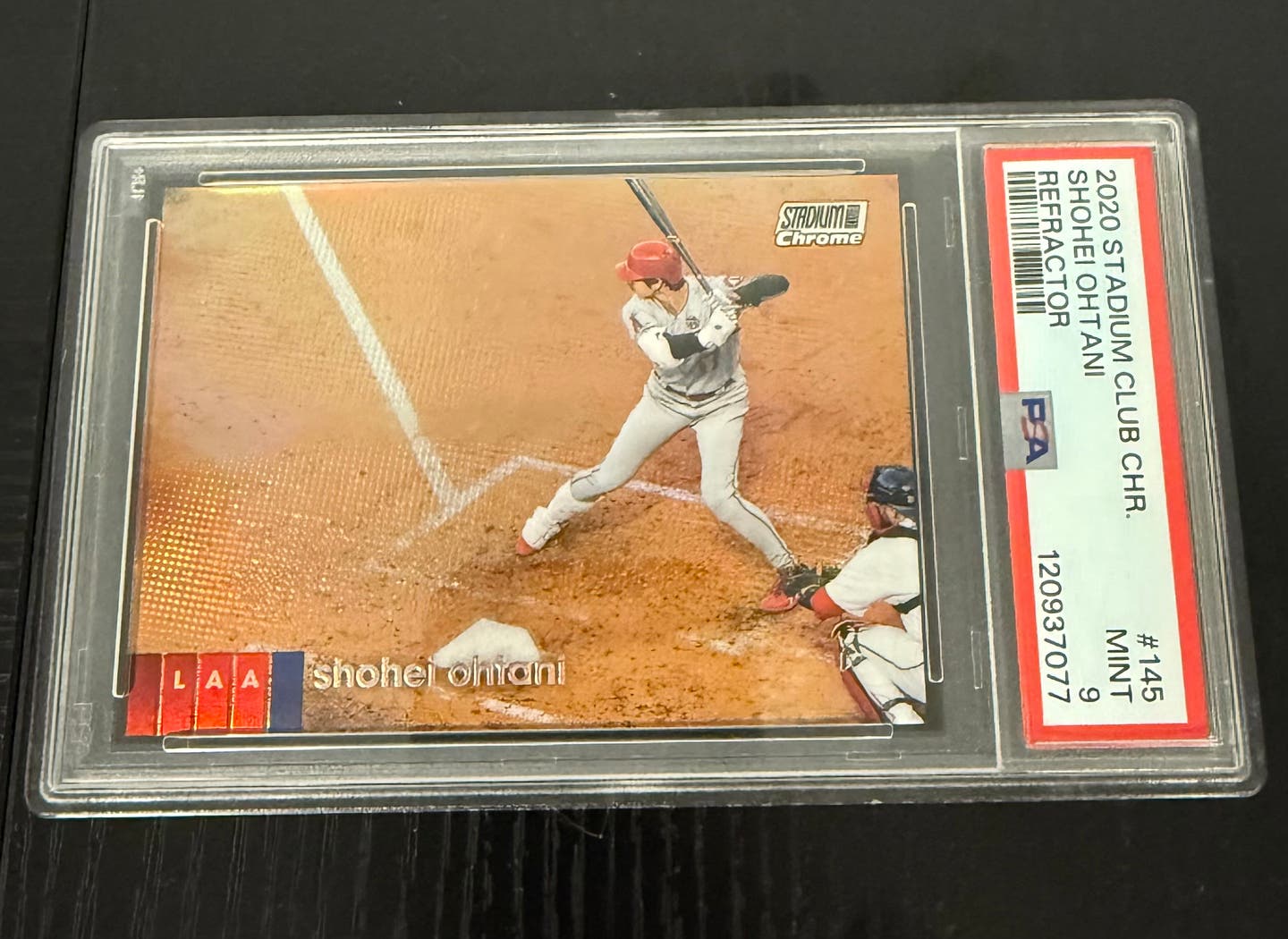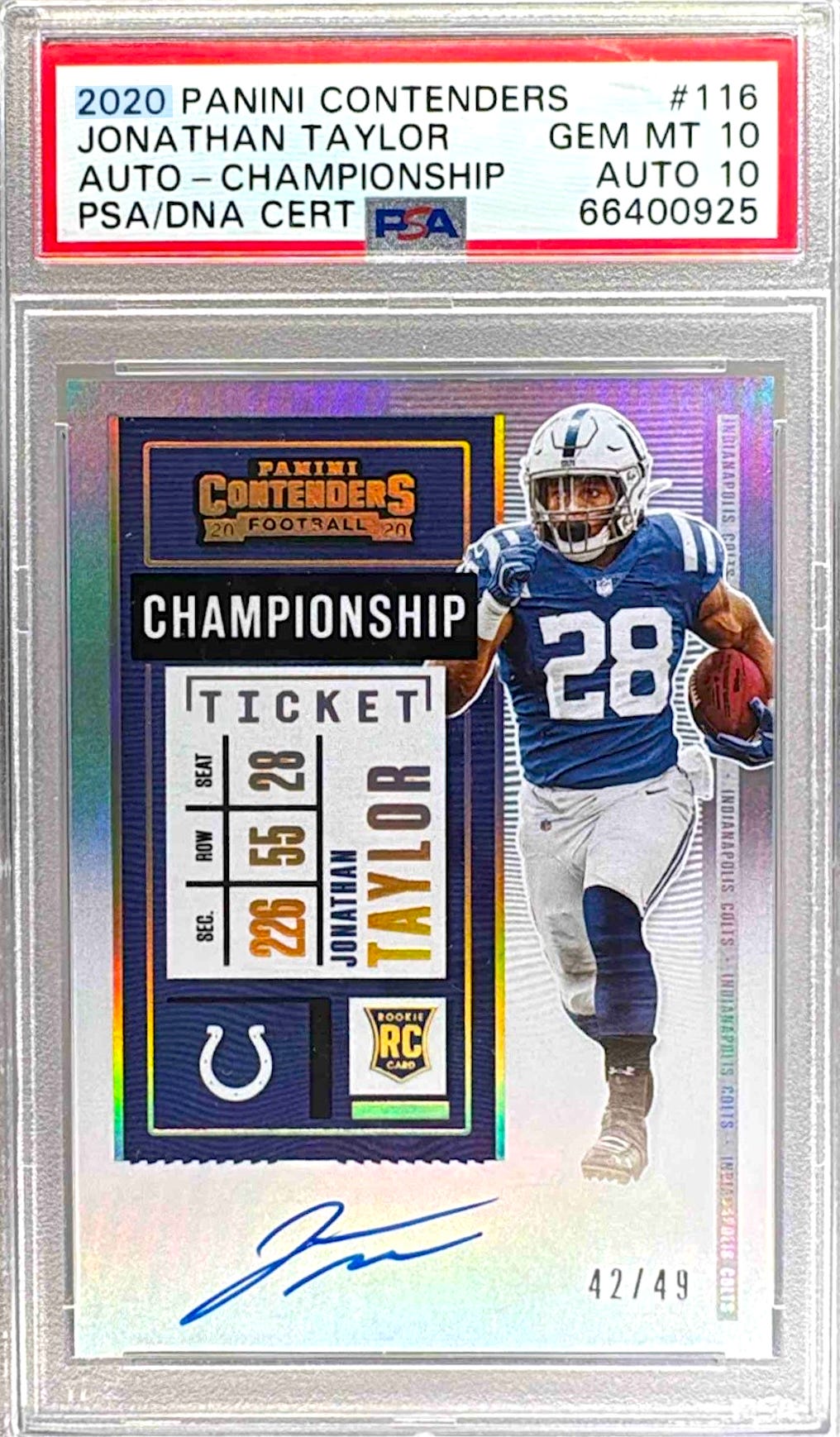Cards
Collectors have another variation to search for in 1955 Topps Baseball
By George Vrechek
It is always amazing that new variations are discovered periodically in old card issues. While the differences in this latest discovery are modest, they involve a 1955 Topps Baseball card.
The 1955 set has few variations compared to the 1952, 1953 or 1956 sets. The discovery sure looks like a pre-press alteration (therefore, a variation) rather than a printing difference which occurred during production.
Herm’s dot and asterisk
Collector Larry Leonard brought this 1955 Topps No. 29 Herman Wehmeier card to my attention. Leonard reported, “On the front of the card, there is a version that is missing the dot of the ‘i’ in his signature. A couple of years ago, I learned about this from an eBay listing, where the seller mentioned the missing dot in the description. I contacted Jim Fleck of 707 Sportscards to see if he had a ‘no-dot’ version to sell me that might be in slightly better condition than the one I already had. He did not have any among the 40 Wehmeier cards that he had. But he noticed on the back of my no-dot version, the word ‘Life’ in the stats, is shown as *Life (with an asterisk). The asterisk should not have appeared, because it was used by Topps to identify minor league stats rather than major league stats and Wehmeier’s numbers and the bio heading were only for the major league.”
Leonard continued, “It turns out that only the no-dot version has the asterisk. This is a weird coincidence, suggesting that the removal of the asterisk and the addition of the dot might have been done at the same time. More significantly, the asterisk vs. no asterisk makes it a true variation, not just a print variation. Once I learned this, I have had my eye out for more no-dot versions. Those I have purchased have always had the asterisk and, sure enough, all the regular versions with the dotted ‘i’ have no asterisk. I should also mention that only about 1 in 50 Wehmeier cards have the asterisk.”
1955 Topps listings in catalogs
The SCD Standard Catalog of Vintage Baseball Cards 6th Edition lists other dot, line and text problems: No. 67 Wally Moon with a red dot, No. 106 Frank Sullivan with several (maybe six) different versions of the dotted “i”, No. 137 Harry Elliott with three versions of a disappearing last bio line, and No. 177 Jim Robertson with complete or incomplete stat boxes.
Printing differences sometimes get listed in catalogs along with variations because of collector interest and the resulting possible premium values.
Other unusual cards noted
There are other 1955 Topps cards which collectors have noticed with differences, No. 56 Ray Jablonski with a stray blue blob over the “N” in his name and No. 174 Rudy Minarcin with a small white spot in the bottom corner border. These last two have likely not been listed because they appear to be printing differences rather than variations. Once listed in price guides, printing differences tend to stay listed (e.g. 1957 Topps Gene Baker). Moon, Elliott and Robertson may well be printing differences also rather than variations. Cards with these differences can be challenging, but not impossible, to find.
Another unlisted oddity is Wayne Terwilliger’s card (No. 34), which has versions with a black line on the left side and sometimes a small portion of a logo. This is not a printing difference or a variation. It is a miscut card showing a portion of Terwilliger’s neighbor on the print sheet, Dick Groat. Groat’s logo got pasted too close to the right margin that should have had an all-white gutter, resulting in an unusual stray line when the cards were cut off-center. Topps may have been trying to avoid covering up some of Groat’s backside with the logo, but didn’t mind covering Terwilliger’s backside. So far, it looks like Groat’s logo was the only one floating into the margin.
Sullivan and Wehmeier, deliberate changes
At least some of the differences on the Sullivan cards look like deliberate efforts to fix his signature with varying degrees of success and therefore variations. Fleer created several variations as well in 1989 when they fiddled with Billy Ripken’s bat knob.
Deleting the asterisk on Wehmeier’s card also had to be deliberate. The asterisk should have been used only to designate any minor league stats. Herm hadn’t been in the minors since 1947. Topps put the missing dot back on his signature at the same time, apparently very early in the first print run. It looks like they originally airbrushed it out, mistaking it for a stray blob. Leonard’s experience suggests that the asterisk and missing dot are available, but not plentiful.
Variation books
As to the subject of cataloging variations (and some printing differences), Dick Gilkeson issued a thorough checklist book in 1989, Baseball Card Variation Book Volume II, The Post-War years 1948-1989. Gilkeson acknowledged the assistance of Ralph Nozaki, Lew Lipset, Lee Champion, Dwight Chapin and others. Nozaki published a book, Mistake Manual, as well. Gilkeson decided to tackle just the post-war years and hoped someone else would cover the pre-war years. Gilkeson updated his book through the 1990s, however discoveries kept popping up.
Gilkeson’s book is being updated again with his consent by Mike Cady, who has wrestled with the variation/printing difference distinction. I provided Cady with some updated information. In 2016, I published a few copies of a thin booklet, Baseball Card Variation Book Volume I-C, 1933-1947, to help variation collectors work their way back from 1948 in some organized manner. Someone needs to cover 1932 and earlier. The books mentioned indicates which versions of a card are scarcer, but do not provide values.
The late Bob Lemke always had interesting stories about variations and helped guide what got listed in the SCD catalogs. We will have to see how Wehmeier winds up in future catalogs.
Variations in these older sets seem more manageable than when the number of variations exploded in the 1980s issues. Collecting variations and printing differences is a way of staying involved in sets, even when you think you have finished them, proving the adage: you never stop collecting. Thanks to Larry Leonard for letting us know that we can still find cards to collect in the 1955 Topps set.
George Vrechek is a freelance contributor to Sports Collectors Digest. He can be contacted at vrechek@ameritech.net.








